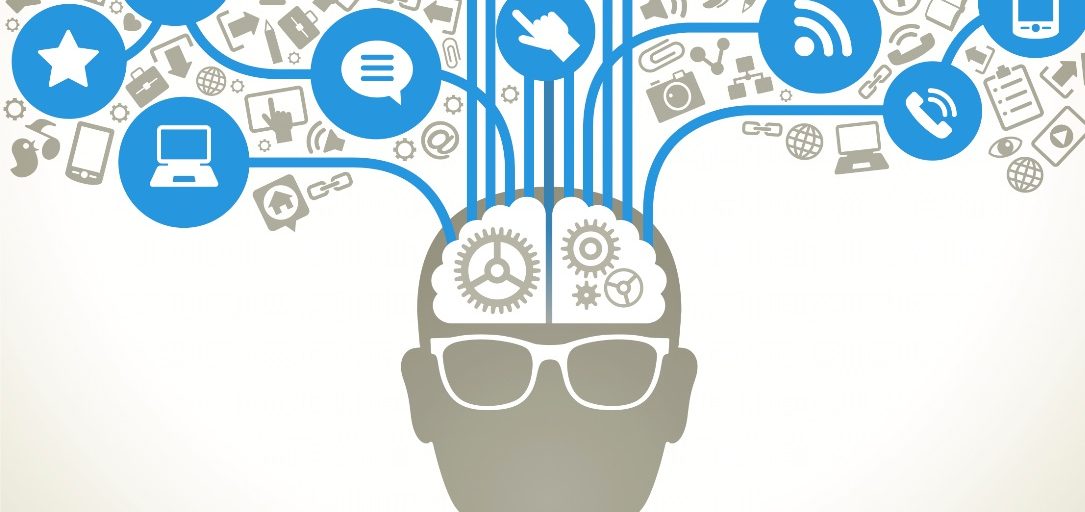
What does metacognition, attitude and memory have to do with learning? In a previous blog, I described the key elements of learning to be a superlearner, starting with cultivating a learning attitude:
- Attitude – curiosity, open-mindedness and motivation are key attitudes that drive learning behavior and outcomes
- Metacognition – thinking about thinking, being self-aware, creating learning strategies and monitoring learning
- Memory – using mnemonics and associations to improve memory and recall
- Research – identifying reliable sources of information, curating and applying research findings
- Evidence – evaluating facts vs. opinions, interpreting information
- Experimentation – applying the scientific method to confirm truth and discover new things
- Practice – perfecting practice, learning from mistakes, developing good learning habits
Metacognition Defined
In this edition, I will turn to the second element – metacognition. Literally “beyond knowledge,” it represents thinking about thinking or understanding one’s own thought processes. For example, a student engages in metacognition when she realizes that she is having more trouble learning math than language skills and then adjusts her effort accordingly, spending more time practicing math problems than reading fiction.
Metacognition may take many forms, but can be divided into two basic types:
- Knowledge about cognition – i.e. learning how the brain naturally learns and the different forms of knowledge
- Regulation of cognition – i.e. adopting specific learning strategies for different subject matter
In the case of learning, metacognition consists of strategies for study skills, memory techniques and monitoring progress toward a learning goal. Although a few people are naturally blessed with superior metacognition, most need to be explicitly taught this along with the subject matter of their coursework. The most important metacognitive skills for learning include:
- Planning: appropriate selection of learning strategies and the correct allocation of resources
- Monitoring: one’s awareness of comprehension, memory and task performance and ability to self-correct
- Evaluating: appraising the outcome of task or knowledge acquisition and its quality and efficiency
Superlearners who demonstrate a wide range of metacognitive skills like those cited above perform better on exams and complete work more efficiently, leading to greater success in school. They are self-regulated learners who utilize the right learning tool for the subject. They modify learning strategies and study skills based on their awareness of their effectiveness. Superlearners identify blocks to learning as early as possible and change “tools” or strategies to ensure goal attainment. For example, a student may find that memorizing vocabulary definitions and spellings absent context does not work well. So instead he switches to using new vocabulary in a sentence and writing difficult words repeatedly to memorize spelling. He also uses metacognition to recognize common spelling patterns, such as “i before e except after c” to spell tricky words like “replies” and “receives.”
Superlearners become self-directed as adults. Having acquired the tools and skills of learning to learn, they can tackle new subjects and tasks without relying on formal education as a guide. When they receive formal training, they are more likely to learn it well and apply it in their work. Thus, superlearners are more successful in life.
Teaching Metacognition
Researchers have identified several ways that educators can teach metacognition and encourage learners to use it for a more successful learning experience. Among the instructional strategies that have been successfully used to promote metacognition are the following:
- Preassessments—Encourages students to examine their current thinking and activate prior knowledge about a subject: “What do I already know and believe about this topic that could guide or hinder my learning?”
- Learning Styles – Provides insight into preferred learning styles and new styles of learning that can be beneficial: “How do I learn best and what other ways of learning might help me?”
- Identify Barriers —Gives students practice in identifying areas of confusion and difficulty: “What was most confusing and difficult to me about the subject I just studied?”
- Retrospective Postassessments—Gives students recognition of cognitive changes: “How has my thinking and proficiency changed (or not changed) over time?”
- Reflective Journals—Provides a forum for students to monitor their own learning: “What about my study habits worked well that I should remember to do next time? What did not work so well that I should not do next time or that I should change?”
- Concept Mapping – Shows the relationship between concepts or topics, providing a big picture overview: “How can I create a visual map to help organize new knowledge with nodes representing ideas/facts and connecting lines between nodes representing relationships such as cause-effect or parent-child?”
- Study Guides – Provides a road map for preparing students to complete assignments and exams: “How should I prepare to successfully complete this course?”
- Model Metacognition – Provides students with a role model when teachers demonstrate the use of metacognition to solve problems and acquire new skills: “Let me explain how I solved a problem or learned a new skill.”
Experts suggest introducing metacognition along with new subject matter. This should be done in three phases – before, during and after learning events.
Before Learning: Get students to activate their prior knowledge and give an orientation to the subject, including proven strategies to master it.
During learning: Encourage students to go deeper into the subject and make connections among topics. Use comparison and contrast to deepen knowledge and use examples to illustrate the practical application of new knowledge in solving problems.
After learning: Encourage students to create action plans and provide resources to continue learning on their own and in collaboration with others.
The path to superlearning is paved with metacognition. Without it, we are on the bumpy road of life, forced to learn everything at the school of hard knocks.
Additional Resources
Here are sources about metacognition consulted in preparing this blog:
Center for Teaching at Vanderbilt University: https://cft.vanderbilt.edu/guides-sub-pages/metacognition/
Carleton Unversity Department of Education: https://serc.carleton.edu/NAGTWorkshops/metacognition/teaching_metacognition.html
Teaching Students to Drive Their Brains: Metacognitive Strategies, Activities, and Lesson Ideas (ASCD, 2016). Donna Wilson, PhD: https://www.teachthought.com/learning/5-strategies-teaching-students-use-metacognition/
Promoting Student Metacognition. Kimberly D. Tanner. Published Online:13 Oct 2017: https://doi.org/10.1187/cbe.12-03-0033
Wikipedia: https://en.wikipedia.org/wiki/Metacognition
Be sure to check out Training Education Management on Facebook!
Tagged as instructionaldesign, LearningtoLearn, Metacognition, superlearning

